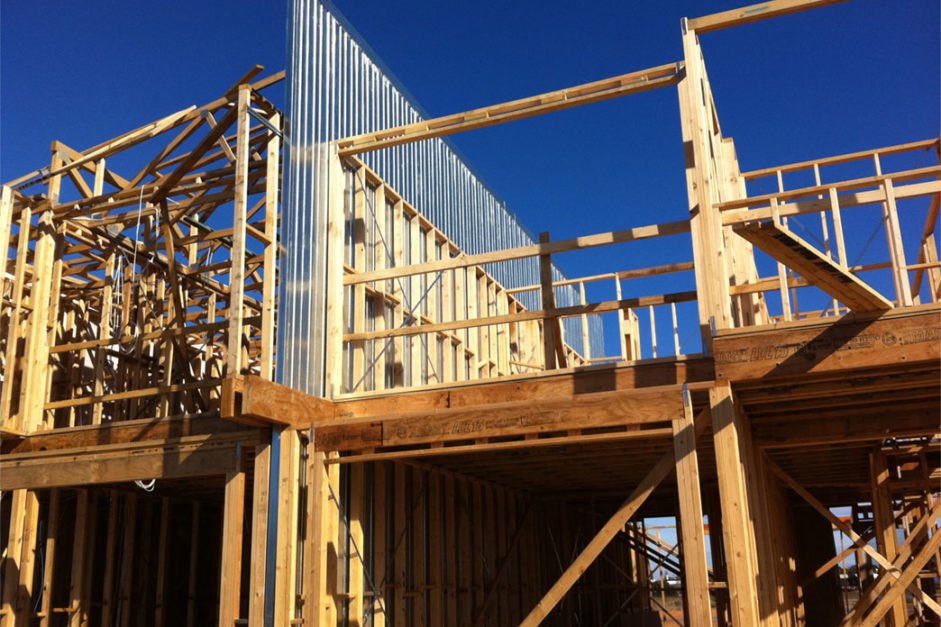
August 12, 2024
What Creates Dampness In A House?
What To Do If You Have Wet And Mould In Your Home Research study from the Building Scientific research Company discovered that humidity of 70% or higher adjacent to a surface area can cause severe damage to the home. The Health and Safety Executive advises that family member humidity inside should be kept at 40-70%, while various other experts advise that the range should be 30-60%. Lots of people discover 30-60% most comfy and this is the level that Airthings recommends. When contemporary structure products are related to a breathable building material, their resistant nature tends to trap moisture, which usually leads to moisture.What Are The Main Methods To Control Moisture In Your House?
Your heating could be the cause of damp, warns expert - here's how to prevent it - The Mirror
Your heating could be the cause of damp, warns expert - here's how to prevent it.
Posted: Sat, 01 Jan 2022 08:00:00 GMT [source]

What Civil Liberties Do Tenants Have If They Stay In A Home With Wet And Mould?
A hygrometer probe was put into the sub-floor void and left for 40 mins. It also located just over 90% relative humidity, showing that the dampness rising from the suspended strong flooring was at stability with the sub-floor air. These are all seemingly small modifications in the name of "enhancement" of a building from our modern point of view. Nonetheless, all disrupt the balance of the building and over a time period can lead to damp problems emerging which didn't exist for the majority of the building's lifespan. It creates damp hideous spots and bad scents, and https://party-wall-advice.b-cdn.net/party-wall-advice/structural-engineering/a-practical-guide-to-examining-building.html it will ultimately damage the structural parts of your house if you do not fix it. Recognizing what moisture is, the different kinds, and exactly how to stop it can help you maintain your home healthy and balanced and comfortable. They can allow a continuous source of wetness which ruins internal wall surfaces, wallpaper, decor and items as well as the external building textile. In other instances, rainfall penetration can be triggered by the masonry wall not being weathertight adequate to stand up to local climate condition. Usually the weathertightness of the stonework can be improved utilizing external render, cladding, or weatherproof paints.- As the following write-up will review, stopping working to solve that conflict can be deadly for a lessee and is starting to have consequences for property owners also.
- This can imply a brand-new wet evidence program is required, which is costly and disruptive, so try measures to eliminate condensation-- a more typical cause-- initially.
- I have actually seldom recognized a property surveyor advise damp-related pathology examinations.
- In 2020, the federal government estimated that over 13% of British homes were in gas destitution [PDF], defined as being unable to effectively heat their home without being left below the hardship line.
Exactly how do you locate the source of permeating damp?
18 & #xb 0; C.Dry washing outside.Use extractor fans and rangehoods. Air out your home regularly.Check your wall surfaces for mould and dampness.Heat every space of your home'with home heating systems.When washing or showering, open the home windows or switch on the extraction fan.Put the lids on the saucepans and activate the removal hood. Opening the windows and doors is

Social Links